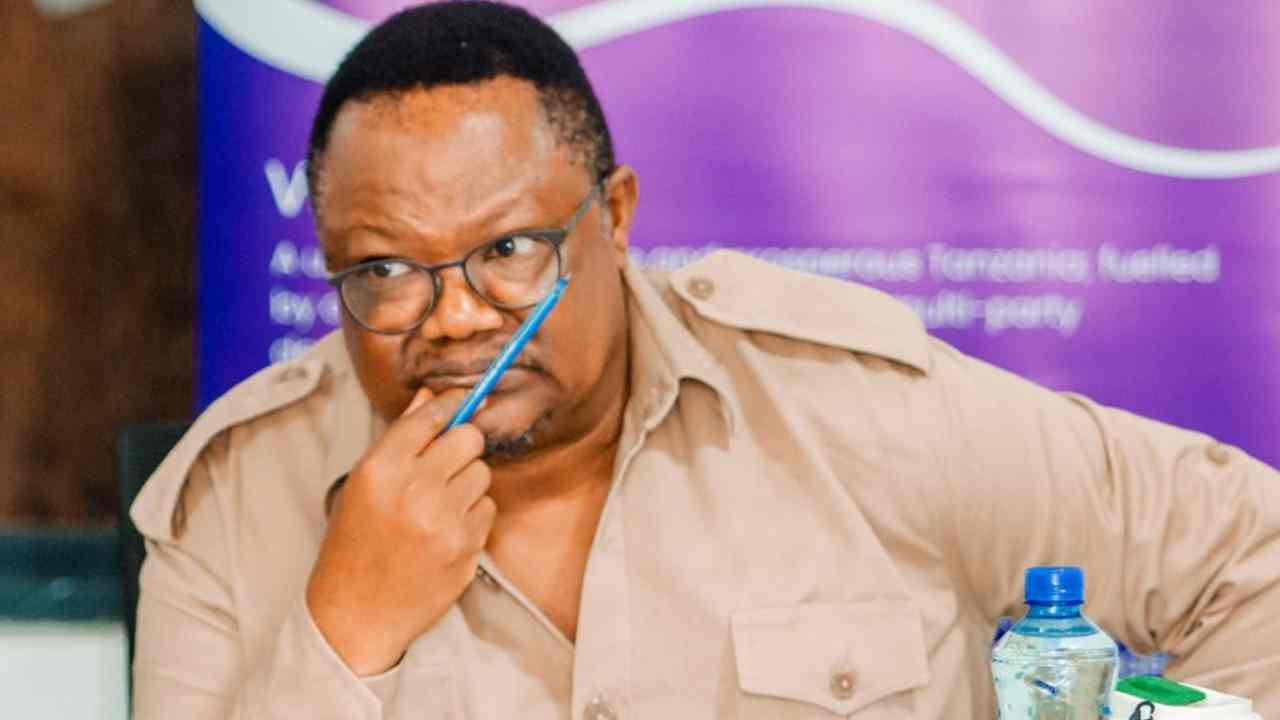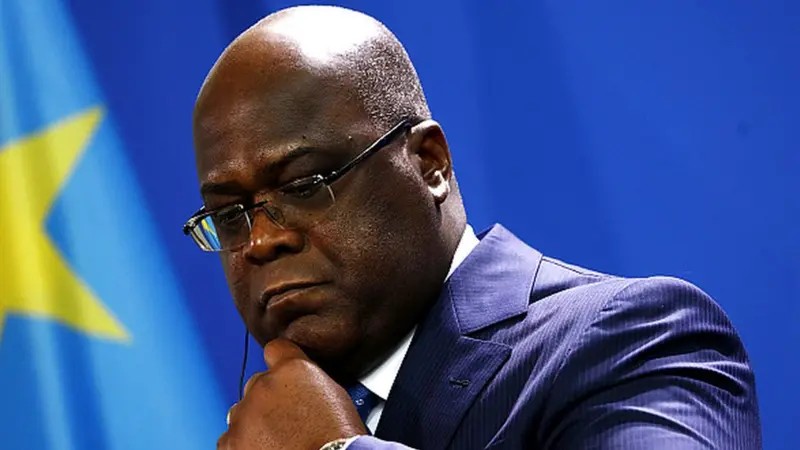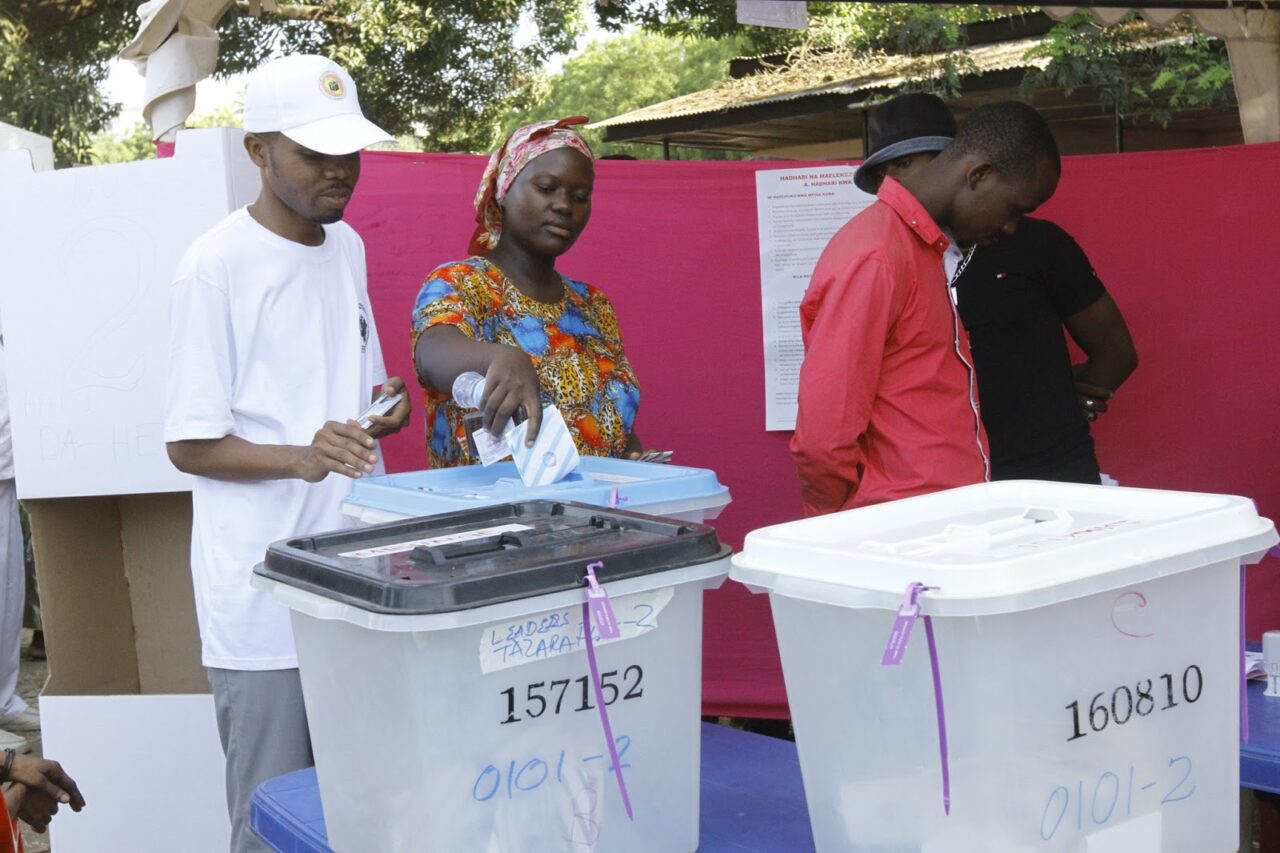The collapse of a four-story building in Kariakoo, Dar es Salaam’s commercial hub, on November 16, 2024, killed at least twenty people and injured a dozen others, according to an update that President Samia Suluhu Hassan shared on Wednesday morning. There has been no latest update on either fatalities or injuries.
As of this writing, rescue efforts were underway at the bustling Mchikichi Street where the building was located. This continued the week-long exercise involving a wide array of people and institutions to save the accident victims, whose source is now under investigation by a special committee.
The building collapsed around 9 am when several stores opened, with several people starting to front them to meet their daily needs and demands. Thanks to smartphones and social media, news spread quickly, creating a social media buzz that would last several days before it calmed down.
I was among several journalists who represented their respective news media organisations to cover the accident and provide their audience with real-time updates on what was happening on the ground. Among us were a dozen content creators, like TikTokers and YouTubers, who filmed the developments for their online followers.
I reported on the accident for four consecutive days, from November 16 to November 19, 2024. As a journalist, I observed several issues I wanted to share with the general public. I share these observations to contribute to the ongoing debate following the incident, especially on the safety of our buildings and our national capacity to manage disasters.
Rescue measures
The first observation is that, perhaps contrary to popular belief, authorities responded to the accident with the urgency and promptness it demanded, prioritising the calamity to ensure minimal fatalities and injuries.
For example, just hours after news broke out about the accident, Prime Minister Kassim Majaliwa visited the site to see what had happened and issued directives on what should be done.
This was significant because the PM heads the Disaster Management Department (DMD) under his office, and his presence definitely influenced other critical rescue measures that soon followed.
I observed close collaboration between state and non-state actors in rescuing people covered under the rubble. They worked day and night to minimise damages as much as possible.
Authorities showed such urgency that they were not content with summoning the service of the Fire Department and other institutions but also that of Tanzania’s People’s Defense Force (TPDF), whose contingent received wild applause as soon as it arrived to support rescue works at the scene.
President Samia, who was away when the accident occurred, attending a G20 meeting in Brazil, visited both the scene where the accident happened and the Muhimbili National Hospital (MNH), where survivors received treatment, immediately after returning to this country.
While this may seem insignificant to others, I think it shows how seriously authorities took the issue and assigned whatever necessities it deserved to alleviate its severity for its victims and survivors.
Restrictions
While this painted a positive outlook on how things looked on the ground, I was concerned with how little space authorities created and allowed for journalists and other media workers to operate, seriously limiting their ability to share accurate information with the public about what was happening at the scene.
READ MORE: Kariakoo Disaster: Can Govt Prioritise Coordination Instead of Control?
Authorities, particularly members of the country’s armed and law enforcement organs, did not perceive journalists and their media organisations as partners in responding to the national disaster but as detractors who needed to be controlled, prevented from accessing parts of the scene, and even ordering them to vacate the area altogether.
The working environment for journalists was so difficult that the so-called members of the Fourth Estate resolved that if authorities persisted in preventing them from doing their job, they’d boycott broadcasting any official statement. Following this resolution, the restrictions eased a bit, but overall, journalists felt unwelcome at the accident scene.
This, honestly speaking, reflected the general attitude of people within government authorities who see journalists not as independent professionals but as stenographers whose job is to parrot whatever officials say.
This attitude is very harmful because it robs the public of the right to get objective information about what is happening, thus limiting their ability to stay informed.
Hidden information?
Closely related to this was the apparent lack of information on some basic questions, the biggest of all being who owned the collapsed building and whether there would be any accountability following what happened. Some journalists tried to enquire about this at the accident’s scene, but were only given evasive responses.
When he visited the scene on November 16, Mr Majaliwa, among other things, directed that the building’s owner be arrested and legal measures taken against them. But the premier fell short of naming the owner, and as of this writing, there has been no news of his arrest.
READ MORE: How Do We Face Natural Disasters?
(As I was writing this article, police issued a statement saying that they have launched an investigation into the owner of the building, but, like Mr Majaliwa, fell short of naming them).
I fear that the lack of accountability, should there be any criminal conduct, will overshadow whatever efforts authorities have so far taken to express seriousness in their handling of the matter.
This will create a solid foundation for many other buildings to collapse in the future, as owners will know there will not be any accountability regardless of their behaviour.
Togetherness
However, I want to finish this short reflection on a positive note. People must have observed how the building collapse brought Tanzanians together.
They joined forces not only in praying for the victims of the incident but also in morally and materially supporting them to alleviate the pain and damages they suffered.
But nowhere was this feeling of solidarity and sisterhood so palpable than at the scene of the incident as relatives and families of people whose loved ones were under the rubble sat together in a vigil, day and night, praying and eating together while consoling each other.
This incident should remind us of the national value of togetherness and caring for each other. No matter what divides us, we must remind each other that a lot unites us, first as Tanzanians and, most importantly, as human beings.
Lukelo Francis works as The Chanzo’s associate editor. He’s available at Lukelo@thechanzo.com and on X as @FrancisLukelo. Do you want to publish in this space? Contact our editors at editor@thechanzo.com for further inquiries.





2 responses
Dear Lukelo, thanks so much for your efforts for this terrible incident happened in Kariakoo
1st could nice the Ministry of land and housing to be taken to the court to answer this because they are not going to mention the owner of the building ,
The evidence of who owns the land as the building is with the Ministry please
If on of he Independent lawyers can assist to get the solution of this ,the government need too know that we lost many souls and lost our younger ones who could build the nation
this is shame
Sad development 😭😭😭 may the souls of our departed brothers and sisters rest in eternal peace.😭😭😭